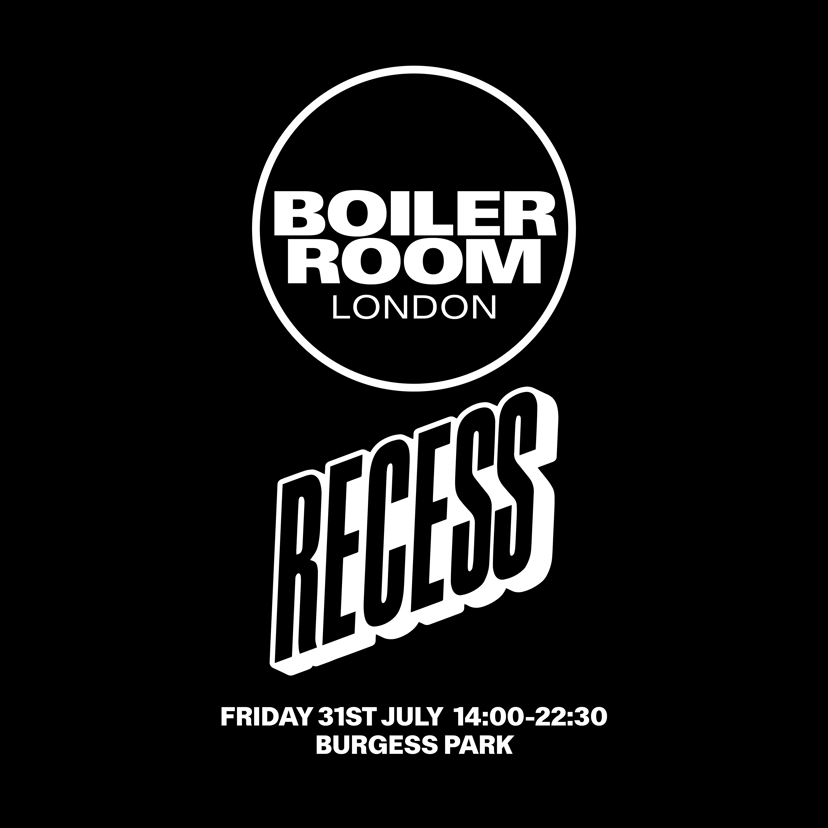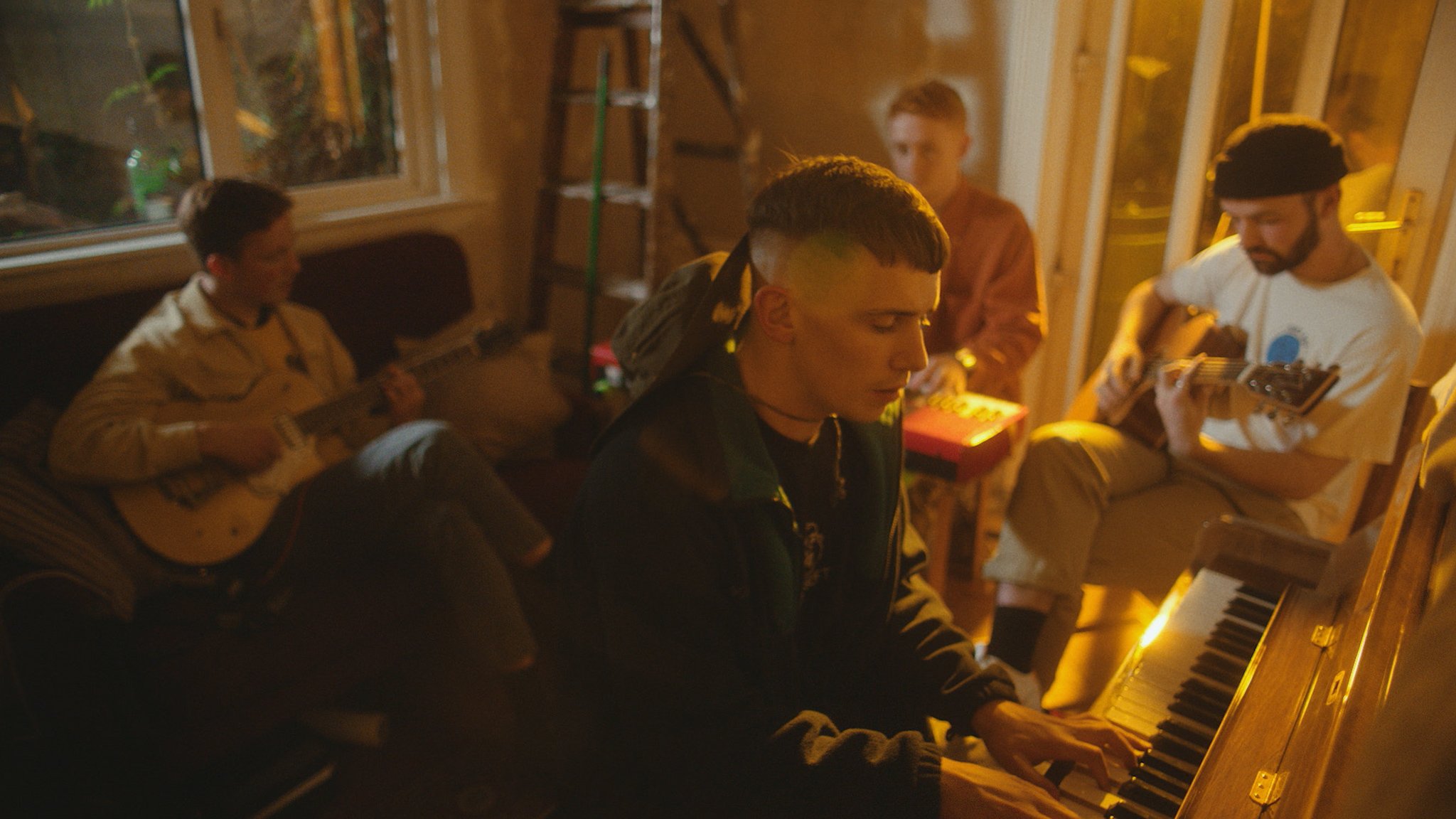
Irish Hip Hop: Self Expression in a Changing Nation
“What’s Irish rap? It’s a sound that you can’t predict.” Dublin writer Kelly Doherty offers an overview of a burgeoning DIY hip hop scene in Ireland.
For a new generation of music fans and artists Irish music is a landscape of hip-hop beats providing a home for the emotions and experiences for young Irish people. With the crossover success of Irish artists such as Kojaque, the popularity of the Dublin hip-hop festival Longitude and the developing DIY scene bubbling across the country, Irish music fans are engaging with hip-hop on a level never seen before.
Dublin’s Soft Boy Records are the perfect example of the changing tide in Irish music tastes. Subject of Soft Boy Forever, a newly-released Boiler Room documentary, Soft Boy is collective of rappers, singers, beatmakers and creatives who’ve seen a surge in popularity of the last year or so. Whilst the Irish Choice Music Prize nominated rapper Kojaque may be the most recognisable member, Soft Boy isn’t confined to any one genre or style providing a home to music as eclectic as Wastefellow’s spacey electronic to Kean Kavanagh’s soulful croons.
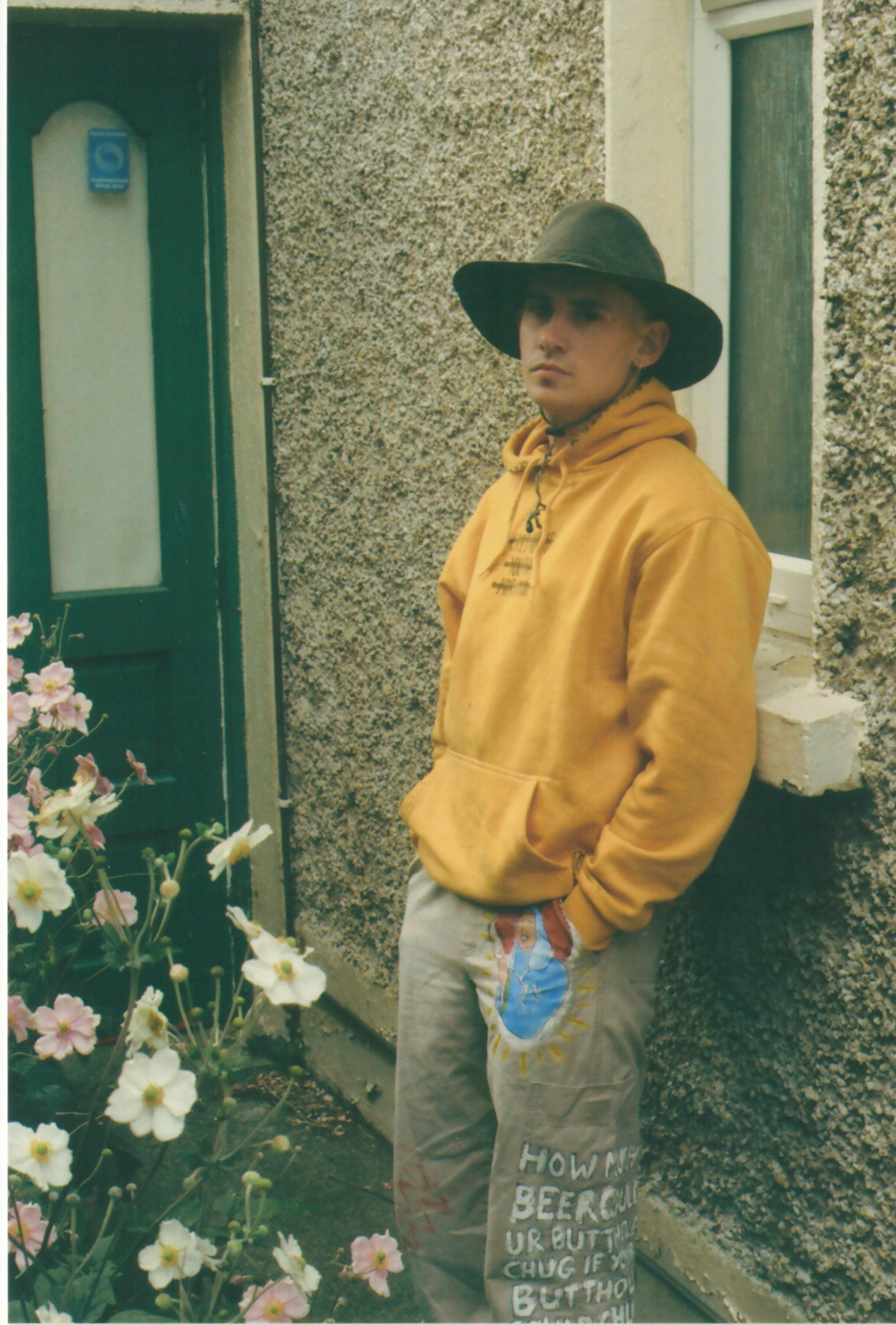

The group are a realised reflection of Irish music in 2019, open-minded and innovative but uniquely Irish and down to earth in the process. Kojaque’s debut album Deli Daydreams has hit a chord with audiences thanks, in part, to its bittersweet lyricism combining the real life experience of an Irish person in their 20s with a wistful hopefulness. This is a sound that’s not interested in imitating American chart music but in expressing an Irish voice.
https://www.youtube.com/embed/kti-8RNEtVA" frameborder="0" allow="accelerometer; autoplay; encrypted-media; gyroscope; picture-in-picture" allowfullscreen>The movement is far from new. The 1990s saw the likes of cult group Scary Eire introducing an Irish approach to the hip-hop scene. One of the first mainstream dalliances for the current crop of artists came from comedy hip hop duo Rubberbandits’ 2011 debut album Serious About Men seeing chart success with its satirical take on the experiences of Irish working class youth. Rubberbandits were many people’s first time hearing Irish voices expressing themselves through hip-hop and the impact of the duo can still be found through their music and their involvement in mental health activism and the hugely popular Blindboy Podcast.
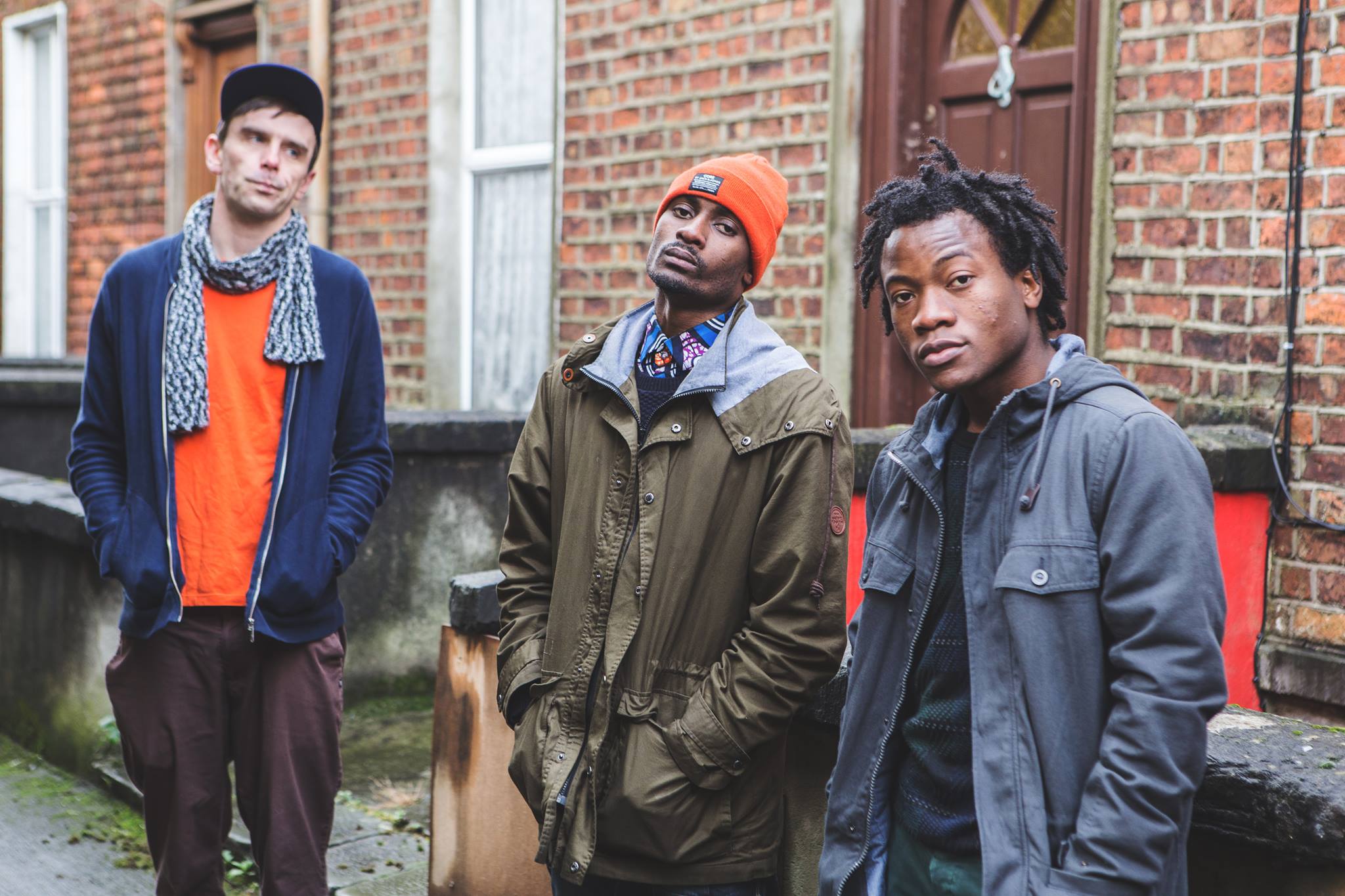
Since then the genre has diversified and grown. Rejjie Snow’s 2013 debut EP, Rejovich, saw success and a signing from US label 300 Entertainment. Limerick trio Rusangano Family won the 2016 Irish Choice Music Prize with their experimental and socially conscious album Let The Dead Bury The Dead. This success, combined with an increasingly multicultural country and newfound accessibility in creating hip-hop, signalled change in the musical landscape of Ireland. “Back in the day everyone wanted to be DJs but there’s far more beatmakers now” says Cork DJ and promoter Stevie G. “The gear is cheaper & more accessible and you don’t need to spend a fortune on records like we did. I think this is great for the music and we also have a much more diverse Ireland now and culturally more diversity always lead to more exciting art.”
The genre’s success may be a new phenomenon but it has already had a major impact on developing artists. A look through Spotify’s The New Eire playlist leads to a plethora of new artists popping up with debut releases. 19 year old Waterford rapper Pat Lagoon states “The Irish scene has always had small dosages of decent hip-hop artists and it wasn't till the middle or end of 2017 [that] we were seeing artists paving a way in the scene like Kojaque, Hare Squead, Mango x Mathman, and Jafaris.” Invader Slim is another of these new artists and has already seen a namecheck from London label Young Turks. On the new movement he says “I think it’s just the fact that hip-hop is the biggest genre in the world now, it’s the new pop, rock and roll [and] punk into one. Ireland’s catching on.”
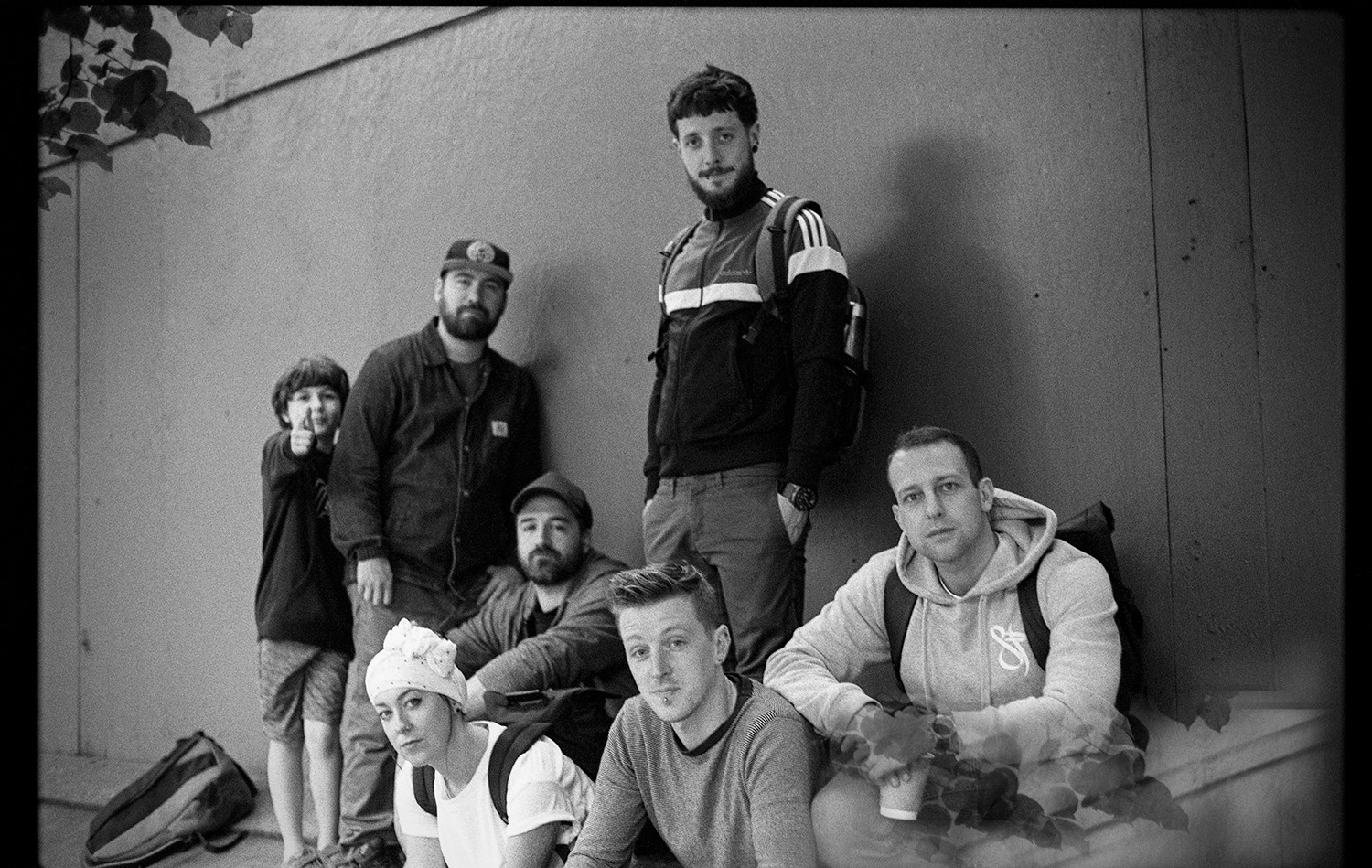
Hip-hop is firmly placed across the country with scenes thriving all over from Cork’s Cuttin Heads Collective to the countrywide spanning Word Up Collective. Limerick is one burgeoning scene with a concentration of artists collaborating and hosting shows. Somewhere In Ireland, a five-part video series created by director Brownsauce for SESH FM showcases music from local heavy hitters such as Citrus, Strange Boy, Hazey, Huva and Aswell amongst others. This series shows a distinctly Irish scene with boom bap influenced sounds providing a backdrop for down-to-earth working class lyricism. It’s a world away from the polished trap making splashes in the mainstream.
Beatmaker and Unscene Music member Mankyy casts a light on support for the Limerick scene. “I think people in Limerick like to get behind artists trying to do something positive in the city. The events unite so many different kinds of crowds. The support we get from people, ranging from older boom-bap heads to raving art students, is incredible”.
With sub-genres ranging from the R&B jams of Jafaris and the seductive trap beats of Waterford’s 7th Obi to Kneecap’s Irish language grooves and the soothing lo-fi beats of Cork’s JarJarJr, the sound of Irish hip-hop is far from homogenous and is laying the musical foundations for generations to come. “There’s producers out here making everything, influenced by everything and it’s a big beautiful melting pot of sound.” says JarJarJr. “It’s Ireland what’d you expect?” The genre isn’t perfect however, bar exceptions such as Denise Chaila and Celaviedmai, there’s a lack of female involvement, an issue that the genre in its infancy has the capacity to challenge and change through inclusion and platforming.
Hip-hop is an outlet for a disenfranchised Irish youth whose lifetime has been dogged by recession, austerity measures and growing discontent at unrepresentative governments. T.P.M is one of the acts leading a political charge, lending their distinctly Irish hip-hop as a voice for issues including recent protests for nurses’ wages. “Recently at the Somewhere in Ireland gig in Dublin we saw Hazey Haze, Citrus Fresh, Strange Boy Nature and Gavin DaVinci rapping about the illegal evictions happening across the country.” TPM state. “It was like being at a punk gig. It’s political and it’s D.I.Y. Dare we say, hip hop in Ireland is more punk than punk is in Ireland nowadays.”
Irish hip-hop makes sense. Ireland is a country perpetually experiencing threats to a national identity and heritage forged in the face of colonialism and subsequently the grip of religion, both of which silenced people who needed a voice the most. We’ve extracted ourselves from that grip through social progression yet Ireland still faces mainstream political parties who link ‘progress’ with capitalism and allow the rich to do what they want. Due to this we’re living in a country facing skyrocketing rent prices, a mass homelessness problem, emigrating youth and a political culture that just doesn’t care. Irish hip-hop is an inevitable outlet for young people who are sick of not having their voice heard and are doing something about it.
Written by Kelly Doherty (follow on Twitter)
A part of Contemporary Scenes, a BR series uncovering underground collectives, artists and subcultures from across the world
